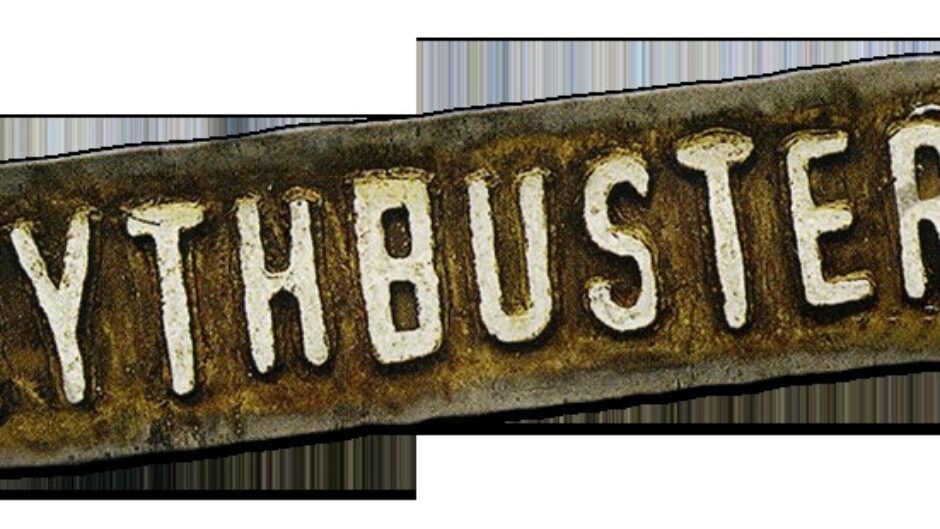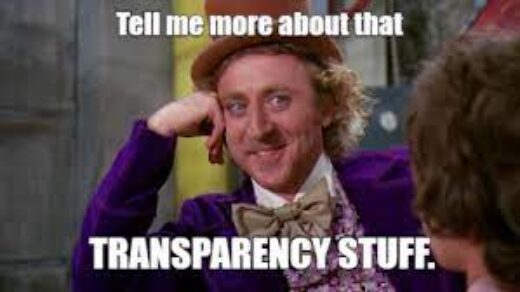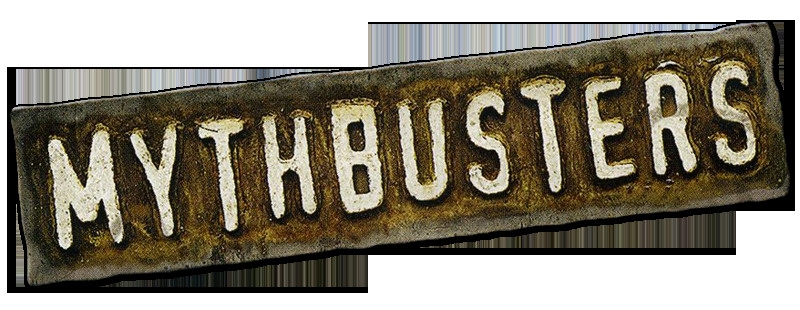
Most of the funds raised come from events.
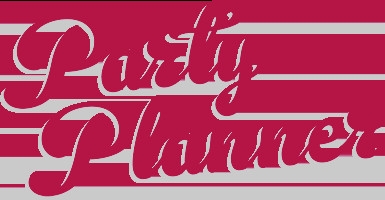
Last week, I addressed Major Gifts/Campaigns. Here is the last revenue stream that I am going to mention (for now) — Annual Gifts.
Annual Gifts are usually assumed to be solicitations that don’t fall into any of the other categories (though quite often, Direct Mail is counted under the Annual Gifts umbrella). These are the mid-range gifts — people who have “graduated” from Direct Mail who may now receive a face-to-face solicitation. This is the group that will feed into your Major Gifts/Campaign stream, as well as your Planned Giving Stream. Think of donors/prospects in this group like a pipeline. As they move out of the pipeline to a Major Gift, they must be “replaced” with a donor from a Direct Mail or Special Events stream.
As fundraisers, we tend to be pretty good at moving folks “up” through the pipeline, but we tend to stumble when looking for replacement donors. The old concept of a donor pyramid doesn’t work very well. Look at the illustration below (taken from KCI’s Philanthropic Trends Summer 2012):
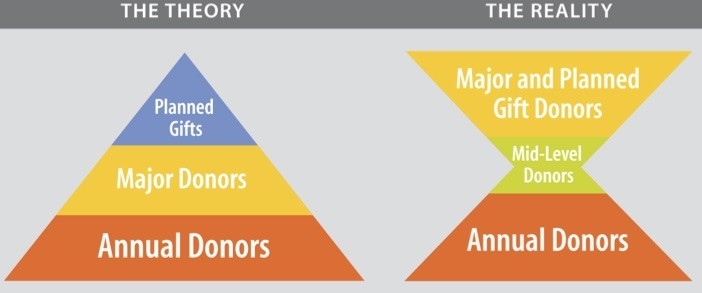
The reality is that the Mid-Level Donors are literally being squeezed as there is a greater effort on identifying and bringing in new donors (the base of the pyramid) and a greater effort on the larger gifts (the top of the pyramid).
The Annual Fund should engage every constituent segment that is important to the organization and develops a way to secure their support. The Annual Fund is a great way to engage volunteers, recognize giving (and giving trends) as well as employee giving. The Annual fund is the “bread and butter” of the organization — this usually represents the largest number of donors.
This is a great way for the Board to be active. They set goals (in consultation with the professional staff, of course) as it’s the board’s fiduciary duty to ensure fundraising is successful (I will address that too, in a future article). They can make thank-you calls to donors, help identify prospects, cultivate prospects (tours or parlor meetings) and even ask for gifts on solicitation visits. Sometimes Board members are only comfortable using their influence to gain access and the appointment that the professional then closes.
Analytics are key here. After the prospects have been properly segmented within each solicitation method (mail, phone, face-to-face, etc.) there is an emphasis on personalization. Making sure the right person is asking for the right amount for the right purpose is key. The fundraising methods that are used for the Annual Fund are (ranked from most effective to least effective):
- Face-to-Face solicitation
- Handwritten Letter
- Personal Phone Call (do people still use the phone????)
- Phone-a-Thon
- Personalized Letter
- Direct Mail
- Special Events
- Media Campaigns
Stay tuned for the next week’s installment of Myth #2 (I’m finally done Myth #1 and promise subsequent Myths will have less than 5 sub-sections for each Myth).
L’chaim!
jack

